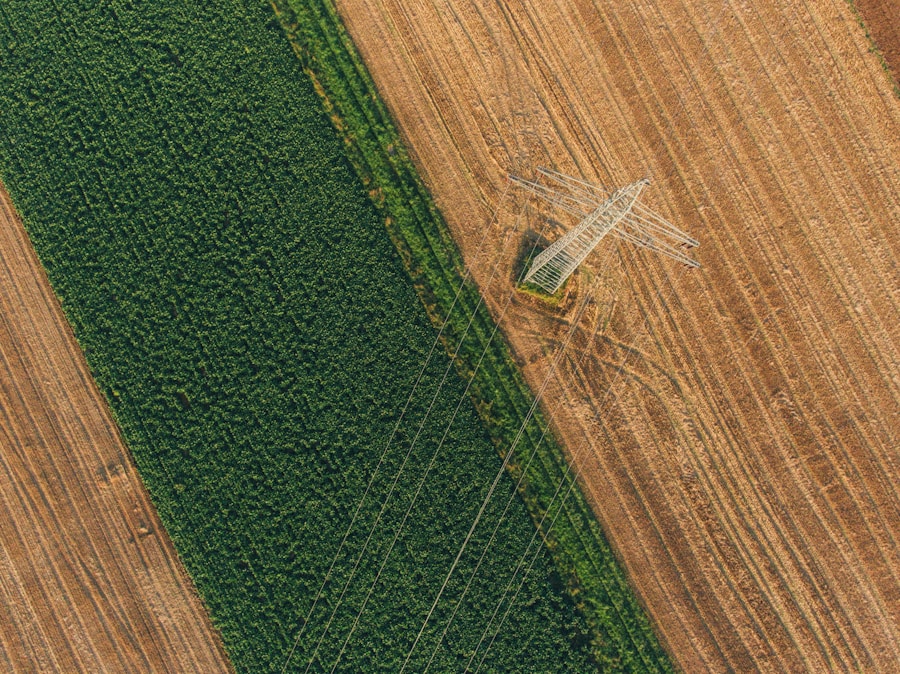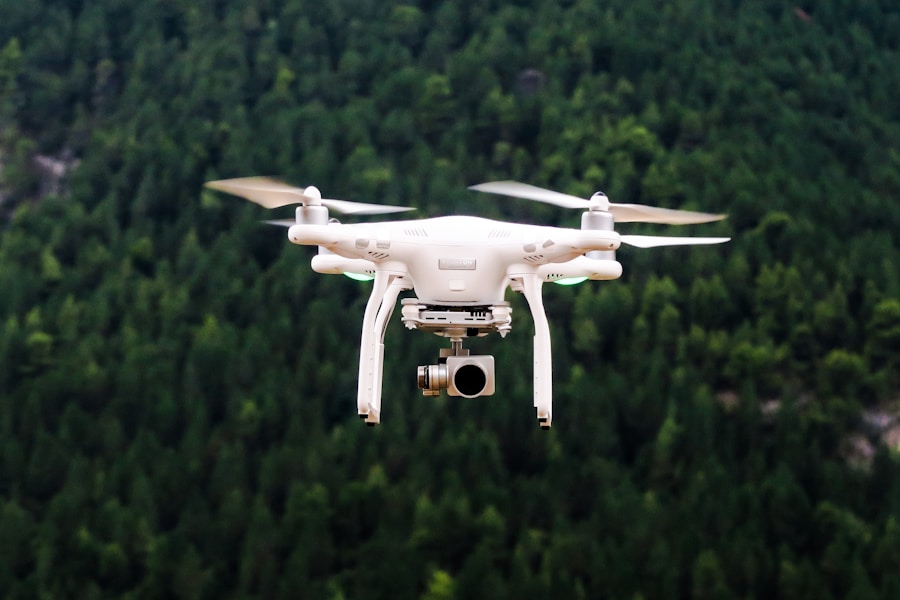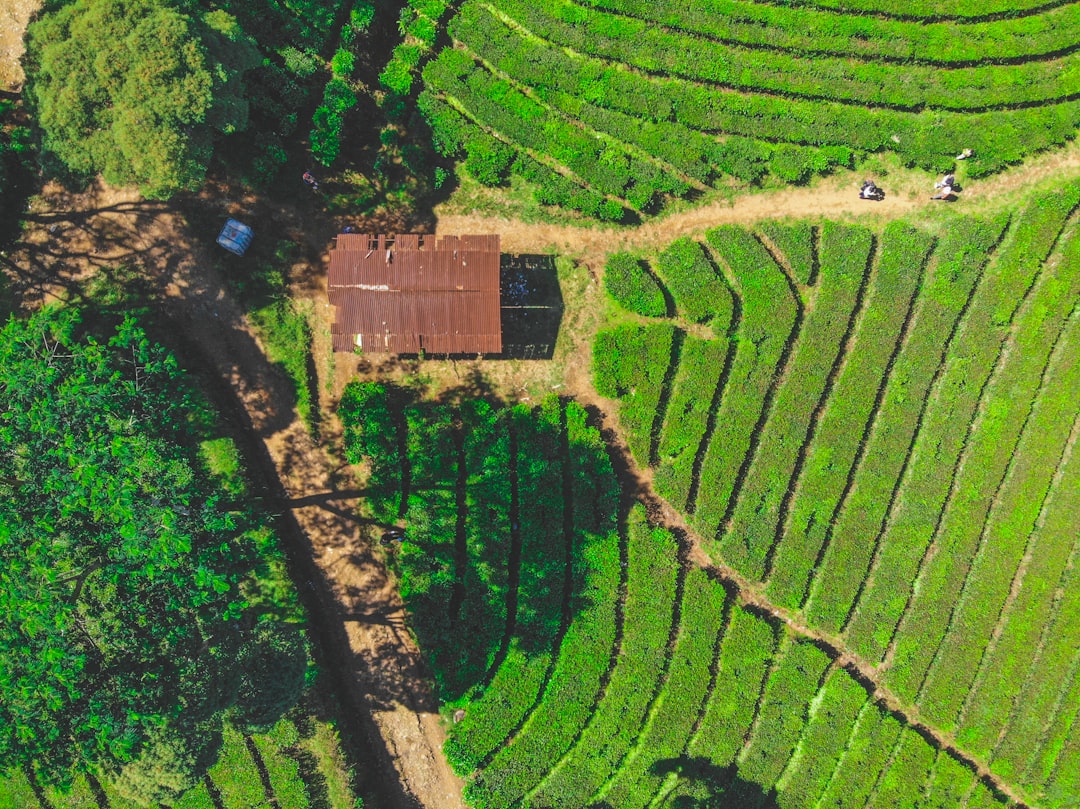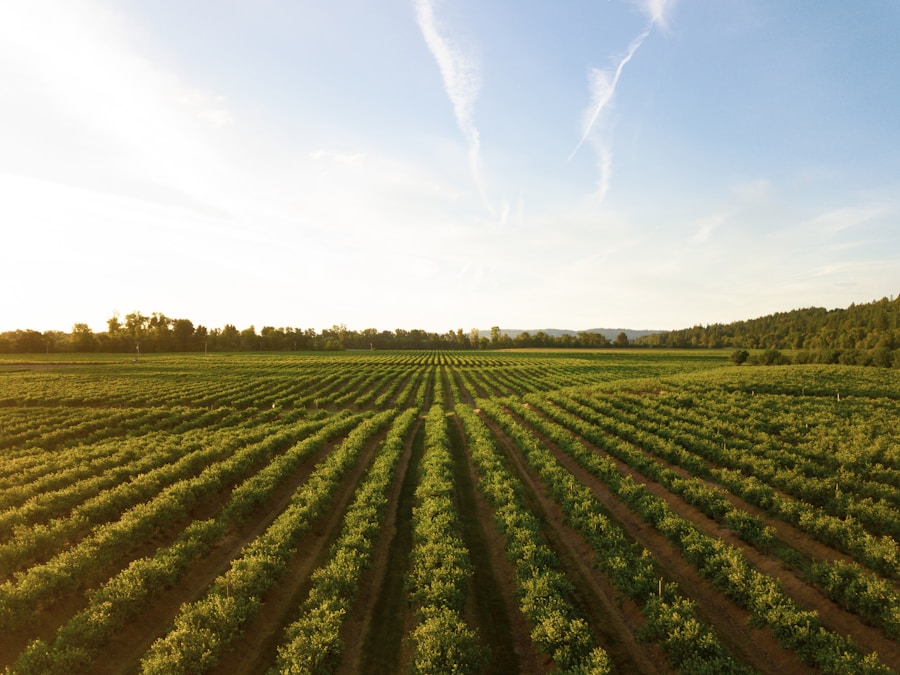Ya últimos ya je̲ya, Ar sector agrícola ge testigo 'nar aumento significativo jar ár hmihi ya vehículos aéreos hindi tripulados (Vehículos aéreos hindi tripulados), comúnmente conocidos komongu drones agrícolas. Gi máquinas ar avanzadas gi 'bu̲hu̲ equipadas ko tecnología nts'ä, nä'ä mi permite capturar imágenes mextha resolución ne recopilar datos valiosos. Nuna ar innovación xi transformado ar industria agrícola, Revolucionando ya prácticas ar monitoreo ne ar manejo cultivos.
Cubriendo rápidamente extensas áreas ha̲i cultivo, Ya drones agrícolas xi mejorado sustancialmente ar dätä nt'ot'e ne ya precisión ja ya agrícolas. Despliegue drones agrícolas 'nehe xi permitido ja ya agricultores acceder da datos jar pa real dige ar nzaki ya cultivos, Nkohi ar ha̲i, ne requisitos riego. Valiosa nuna ungumfädi permite ja ya agricultores da nt'ent'i informadas ir nge ar 'bot'i, riego, ne ora sofo, nä'ä jar ngäts'i ar hnini conduce 'nar aumento ya rendimientos ne 'nar mejora ar rentabilidad.
'Nehe, Njapu'befi ya drones agrícolas xi reducido ar 'medi da 'ye̲ ar obra ne ar equipos costosos, Gi ne ar agricultura da mäs rentable ne sostenible ndezu̲ ar punto ar thandi medioambiental. Komongu ar nt'uni, Ya drones agrícolas ar xi convertido ja 'nar herramienta indispensable pa ya agricultores modernos da buscan seguir komongu competitivos ja 'nar industria nu'bu̲ japi mäs desafiante.
Conclusiones clave
- Ya operadores drones agrícolas gi transformando ar industria agrícola ja ar revolucionar ya prácticas ar agrícolas ne ar monitoreo ne ar gestión cultivos.
- Auge ya drones agrícolas cambia ya nge 'ñeni pa ar agricultura, permitiendo prácticas mäs eficientes ne sostenibles.
- Ya exitosos operadores drones agrícolas ya pioneros ja ar industria, Ya ndu drones da mejorar ya prácticas ar agrícolas ne ar gestión cultivos.
- Ár hne ja ya drones agrícolas jar futuro ar agricultura ar enorme, xi hño pa superar desafíos ne 'ñäni prácticas sostenibles ne eficientes.
- Ya drones agrícolas desempeñan 'nar he̲'mi crucial ja ya prácticas agrícolas sostenibles ne eficientes, Ofrecer soluciones yá retos ya nä'ä mi enfrentan ya operadores ar sector.
Tema ya operadores drones agrícolas gi 'bu̲hu̲ revolucionando ya prácticas agrícolas
Monitoreo mejorado ar cultivos
Nuya profesionales innovadores gi 'bu̲hu̲ empleando drones agrícolas pa recopilar datos vitales dige ar nzaki ya cultivos, Niveles humedad ar ha̲i, ne infestaciones plagas. Valiosa nuna ungumfädi mi permite da nt'ent'i informadas dige ar ntsuni ya cultivos, Di komongu ar nt'uni cultivos mäs sanos ne productivos.
Prácticas ar riego optimizadas
Ya operadores drones agrícolas 'nehe gi utilizando ar tecnología vehículos aéreos hingi tripulados pa mejorar ya prácticas riego ne reducir ar desperdicio ar dehe. Ir nge ar análisis imágenes ot'e nsani ne datos recopilados ya drones, Ya operadores xi jäts'i exactamente ho i Hä'mu̲ da t'ot'e ar dehe, nä'ä mi permite optimizar yá sistemas ya riego da uni ar máxima dätä nt'ot'e. 'Me̲hna hingi ho̲ntho ahorra ar dehe ne reduce ya costos pa ya agricultores, ho̲ntho mi 'nehe ayuda conservar ya recursos naturales ne 'ñäni prácticas agrícolas sostenibles.
Revolucionando ya prácticas agrícolas
Jar resumen, Ya operadores drones agrícolas gi 'bu̲hu̲ revolucionando ya prácticas agrícolas ja ar aprovechar ar poder ar tecnología UAV pa mejorar ar gestión ya cultivos, Reducir ar impacto ambiental, ne aumentar ar productividad Nxoge.
The Impact of Agricultural Drones on Crop Monitoring and Management
The impact of agricultural drones on crop monitoring and management cannot be overstated. These advanced UAVs have revolutionized the way farmers approach the care and maintenance of their crops, providing them with valuable data and insights that were previously unattainable. By using agricultural drones to capture high-resolution images and data of their fields, farmers are able to monitor crop health, identify potential issues, and make informed decisions about how to best care for their crops.
This has led to improved yields, reduced costs, and increased profitability for farmers around the world. In addition to crop monitoring, agricultural drones have also had a significant impact on crop management. By providing farmers with real-time data on soil conditions, moisture levels, ne infestaciones plagas, drones have allowed farmers to make more informed decisions about when to plant, water, and harvest their crops.
This has led to more efficient farming practices, reduced environmental impact, and improved overall sustainability. Komongu ar nt'uni, the impact of agricultural drones on crop monitoring and management has been nothing short of transformative for the farming industry.
Meet the Pioneers: Profiles of Successful Agricultural Drone Operators
| Drone Operator | Ja yá 'mui | Number of Drones | Acreage Covered | Impact on Yield |
|---|---|---|---|---|
| FarmTech Solutions | California, USA | 10 | 5000 acres | Increased by 15% |
| AeroAgro Innovations | Texas, USA | 8 | 3000 acres | Increased by 10% |
| AgriDrone Services | Ontario, Canada | 12 | 7000 acres | Increased by 20% |
There are many pioneering individuals who have successfully embraced the use of agricultural drones to revolutionize farming practices. These innovative professionals have harnessed the power of UAV technology to improve crop monitoring and management, ultimately leading to higher yields, reduced costs, and increased profitability. One such pioneer is John Smith, a farmer from Iowa who has been using agricultural drones to monitor his crops for the past five years.
By using drones to capture high-resolution images of his fields, John has been able to identify potential issues early on and make more informed decisions about how to care for his crops. Komongu ar nt'uni, he has seen a significant increase in yields and profitability on his farm. Another pioneer in the field of agricultural drone operations is Sarah Johnson, a crop consultant from California.
Sarah has been using drones to collect data on crop health, Nkohi ar ha̲i, and irrigation needs for her clients for over a decade. By using drones to survey her clients’ fields from above, Sarah has been able to provide them with valuable insights and recommendations that have led to improved crop management and increased productivity. Overall, these pioneering individuals have demonstrated the immense potential of agricultural drones in revolutionizing farming practices and driving positive change in the industry.
The Future of Farming: Exploring the Potential of Agricultural Drones
As the use of agricultural drones continues to grow, the future of farming looks increasingly promising. These advanced UAVs have the potential to revolutionize the way farmers approach crop monitoring and management, ultimately leading to higher yields, reduced costs, and increased sustainability. In the coming years, we can expect to see even more innovative uses for agricultural drones, such as precision agriculture and autonomous crop management.
With the ability to capture high-resolution images and data of farmland from above, drones have the potential to transform the way farmers care for their crops, ultimately leading to more efficient farming practices and improved overall productivity. In addition to improving crop monitoring and management, agricultural drones also have the potential to revolutionize other aspects of farming, such as livestock management and environmental conservation. By using drones to monitor livestock from above, farmers can ensure the health and safety of their animals while reducing the need for manual labor.
Drones can also be used to survey natural habitats and monitor environmental conditions, allowing farmers to make more informed decisions about how to best care for their land. Overall, the potential of agricultural drones in shaping the future of farming is vast and exciting, with endless possibilities for innovation and positive change in the industry.
Overcoming Challenges: The Journey of Agricultural Drone Operators
Financial Barriers
One significant challenge has been the high cost of acquiring and maintaining agricultural drones, which can be prohibitively expensive for many farmers.
Regulatory Hurdles
In addition, there have been regulatory challenges surrounding the use of drones in agriculture, with many countries imposing strict rules and regulations on their use.
Overcoming Obstacles
Despite these challenges, many agricultural drone operators have persevered and found ways to overcome these obstacles. By demonstrating the value of agricultural drones in improving crop monitoring and management, operators have been able to secure funding and support for their endeavors. Many countries have also begun to relax regulations surrounding the use of drones in agriculture, recognizing their potential for positive impact on the industry. Overall, while there have been challenges along the way, agricultural drone operators have shown resilience and determination in overcoming these obstacles to drive positive change in the farming industry.
The Role of Agricultural Drones in Sustainable and Efficient Farming Practices
Agricultural drones play a crucial role in promoting sustainable and efficient farming practices by providing farmers with valuable data and insights that allow them to make more informed decisions about how to care for their crops. By using drones to monitor crop health, Nkohi ar ha̲i, and irrigation needs, farmers are able to reduce water waste, minimize environmental impact, and optimize their farming practices for maximum efficiency. This not only leads to higher yields and increased profitability but also promotes environmental conservation and sustainability.
In addition to improving crop monitoring and management, agricultural drones also play a key role in promoting sustainable land management practices. By using drones to survey natural habitats and monitor environmental conditions, farmers can make more informed decisions about how to best care for their land while minimizing their impact on the environment. This ultimately leads to healthier ecosystems and more sustainable farming practices overall.
Komongu ar nt'uni, agricultural drones are an essential tool for modern farmers looking to promote sustainability while maximizing productivity on their farms. In conclusion, it is clear that agricultural drone operators are transforming the farming industry by revolutionizing crop monitoring and management practices. The rise of agricultural drones has been a game-changer for farming, providing farmers with valuable data and insights that allow them to make more informed decisions about how to care for their crops.
The impact of agricultural drones on crop monitoring and management has been nothing short of transformative for the industry, leading to higher yields, reduced costs, increased sustainability, and improved overall productivity. As we look towards the future of farming, it is clear that agricultural drones have vast potential for innovation and positive change in the industry. Despite challenges along the way, agricultural drone operators have shown resilience and determination in overcoming obstacles in order to drive positive change in the farming industry.
Overall, Ya drones agrícolas desempeñan 'nar he̲'mi crucial jar da mats'i prácticas agrícolas sostenibles ne eficientes, ma pa da revolucionan ar nt'ot'e da agricultores ya abordan ar monitoreo ne ar gestión cultivos.








